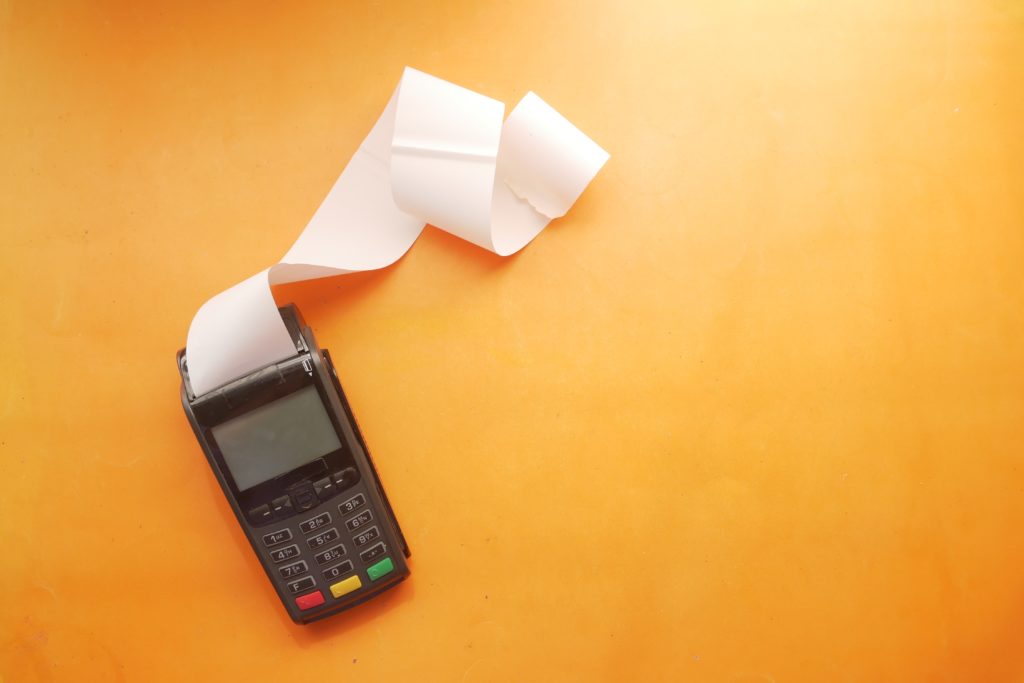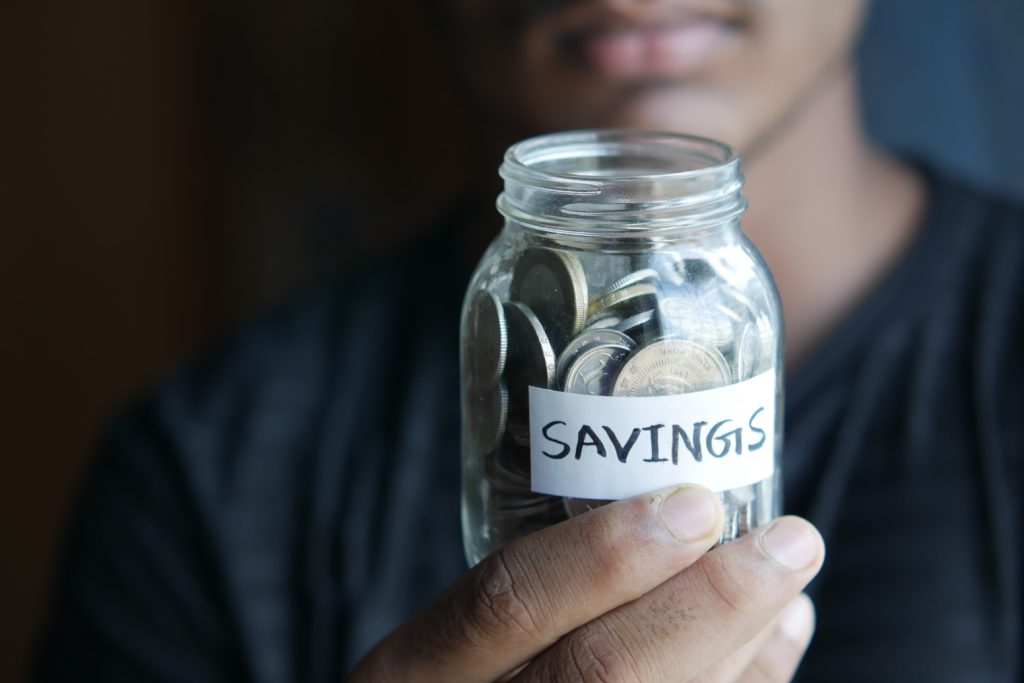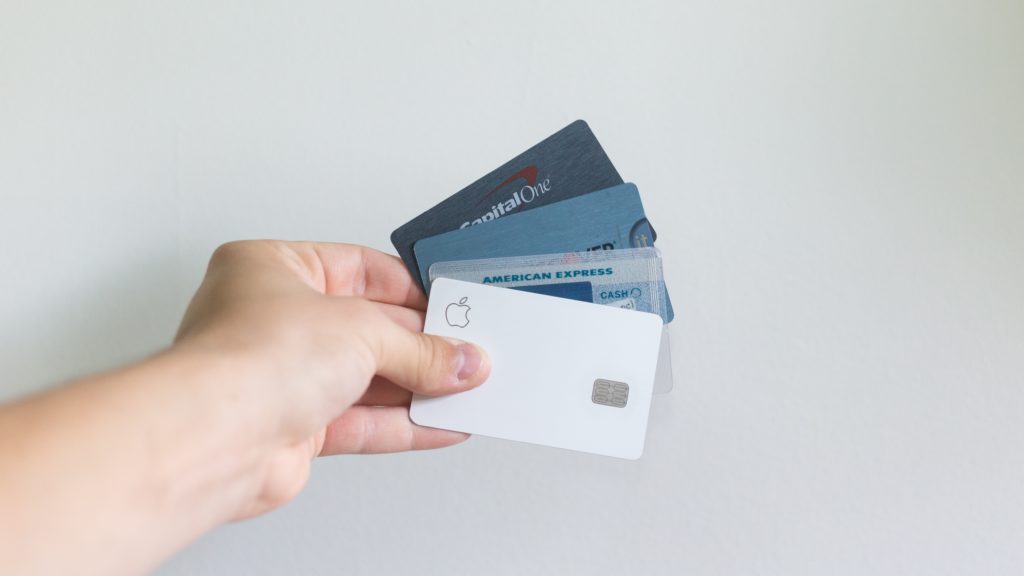If it’s January we’re already used to having a plethora of detoxes.
Social media detox, sugar detox, work detox… So why not have a financial detox too?
Ok, so what is a financial detox and how do you do one?
What does financial detox mean?
A financial detox, like every other cleanse out there, is about clearing out any toxic habits and becoming more mindful about your money habits.
But as with any cleanse, diet, or just change in general, things can get a bit painful to begin with, especially for the first week or so. That’s why I put together this guide to help you take it step by step, stick to it and get results!
What can this do for you? It could help you make better business decisions, create better habits or just help you change your mindset. And if it doesn’t, at least it could help you gain a new perspective.
And now let’s get started…
- Those little expenses that go unnoticed

How much are you spending per week on business expenses like traveling, hotels, taxi, conferences, client lunches? If you’re spending in all of these areas…
→ prioritize 1 per month
→ allocate a budget for it; for example $250 a month for client lunches
→ every month handpick the business expenses that are truly essential to make your business grow.
For every expense, ask yourself: is this going to help my business grow? Because if it’s not you might be spending with no actual return on your investment.
- Budgeting apps

Cutting down on subscriptions and wasteful direct debits is a surprisingly efficient way of keeping costs down. Emma is a budgeting app that takes it a step further, because it flags up unused subscriptions, avoids overdrafts and generally helps you stick to a budget.
- Credit card spending: good vs bad

How are you using your credit card? For most people credit cards are a routine way to pay for stuff. But it’s pretty common knowledge that you spend more when paying with your credit card.
And there’s a psychological explanation for it too. When there is a delay between consuming an experience and paying for it, a phenomenon known as coupling, you don’t feel the loss of money as hard as you would when paying with cold, hard cash. So instead you can focus on the immediate happiness of your purchase.
That however is what encourages mindless spending and it’s a sure way to rake up debt.
So how do you minimize credit card spending:
→ If you’re thinking of buying expensive equipment, or making a significant purchase, what are your options? Have you considered funding, grants or whether you could save for a few months before buying?
→ Run through your monthly usage, what patterns do you see? What can you change?
→ If your business credit card is managed by multiple people, you will only be able to keep track of who’s spending what, but only after the fact. It may be a better idea to reimburse expenses, that way every expense has to be checked through.
- Talk about money
When was the last time you had a conversation with someone about money, finances, profits and all those “taboo” words?
92% of women want to learn about financial planning, but 80% never talk about money with family and friends.
→ Find a financial buddy! Hearing new perspectives or becoming aware of your relationship with money will help both your personal as well as your business finances. No one to turn to when it comes to boring matters of money? Drop me a DM!
→ Knowledge is power! Get the financial education that breaks those damn taboos! My monthly newsletter has easy to follow tips about finances. I like to share tips and insights on LinkedIn and Instagram all the time. Or if you’re looking for a more complete understanding, take a look at The Profit Accelerator.
- Money Mindset
A money mindset makes all the difference!
Psychologists found that you can’t ever earn more than ±10% of your self-concept level of income. If you earn 10% more you will engage in compensating behaviors to get rid of the money.
If you earn 10% less, you are more likely to engage in scrambling behaviors. You will want to work harder, longer, smarter to get back into your comfort zone.
Your comfort zone is what you determine for yourself; what you are happy and settle for. For some that may be $50k a year. For others it may be $150k or $1 million.
Start by answering these questions:
→ What is your attitude towards money? Good, bad, neutral?
→ How do the words borrow, spend, buy and save make you feel?
→ Do you spend when you’re happy, sad? Do you think there is no emotional drive for spending?
→ Do you ever make impulsive purchases?
→ What was your last purchase for?
→ What income level are you comfortable at?
If you run your own business it may be a bit difficult to figure out what income level you should be at, that’s why you can simply download my Profit Pricing Blueprint! It is a completely free resource that shows you how to workout your pricing starting from your own needs and income goals. Plus, you’ll get my weekly newsletter with even MORE profit tips!
